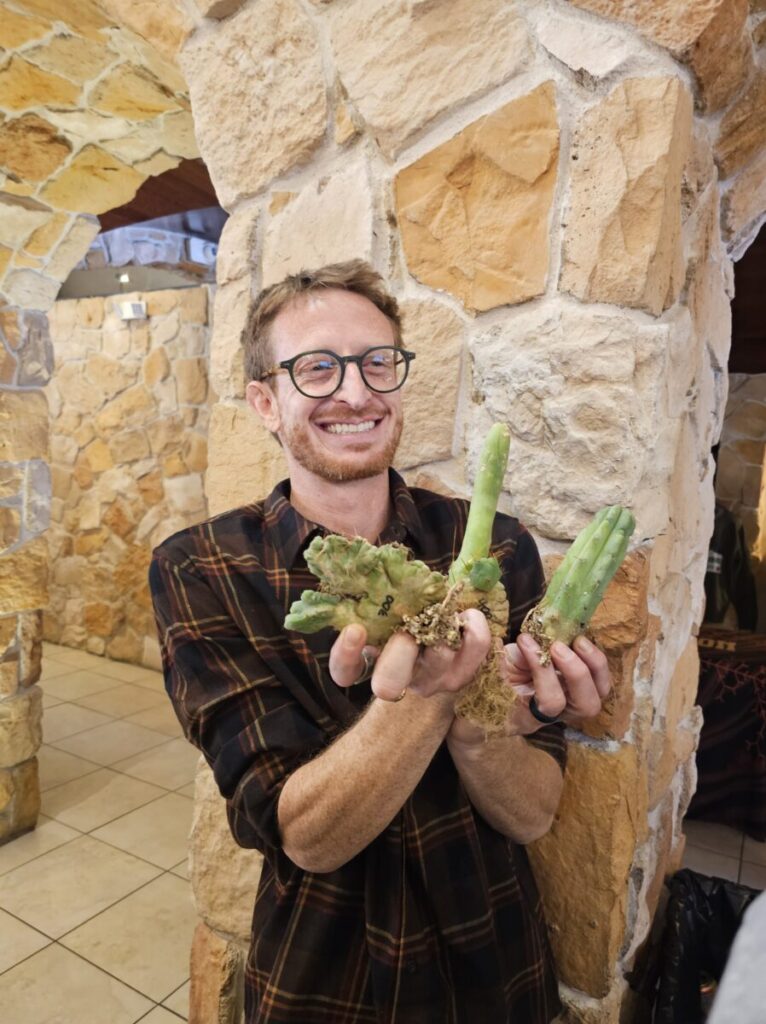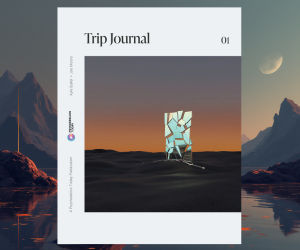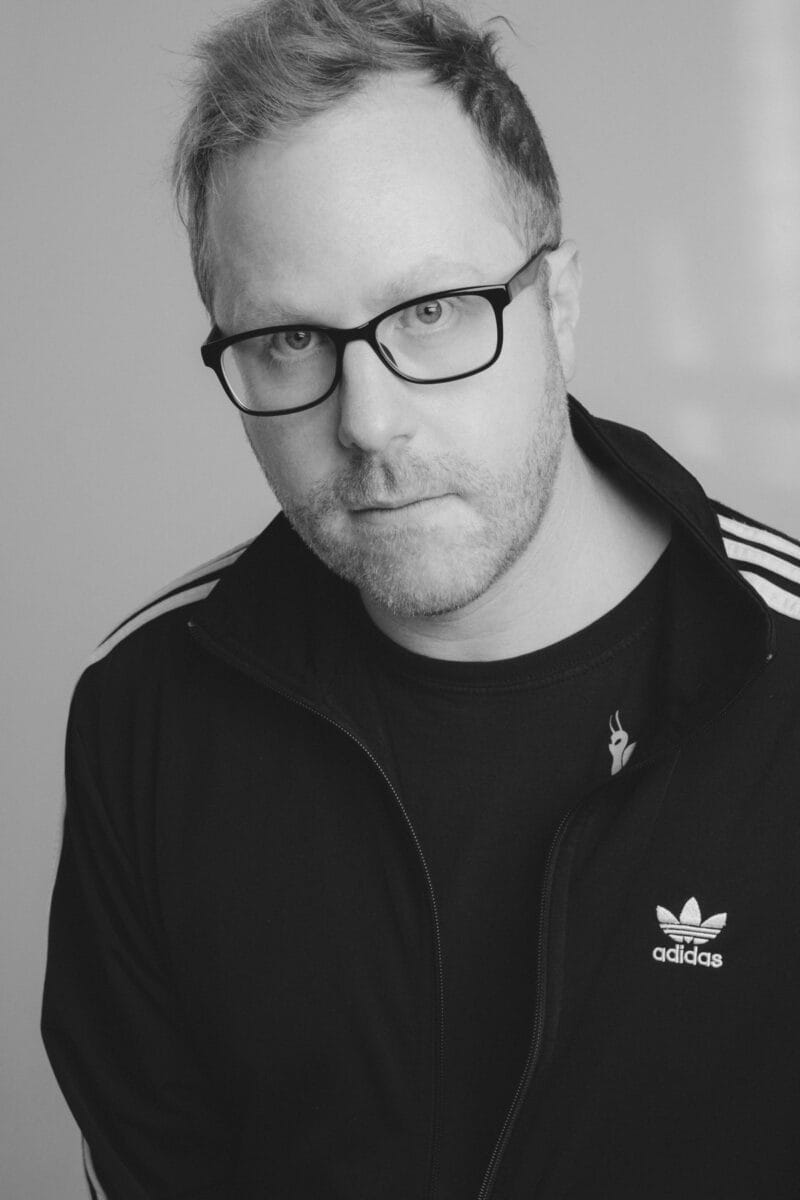By Joe Moore
You don’t usually walk into a wedding venue and see tables filled with mushrooms, grow bags, cactus cuttings, and chromatograms. But that’s exactly what greeted visitors at Baldoria on the Water in Lakewood, where the Psychedelic Club of Denver held the 2025 Colorado Psychedelic Cup. The event felt like a mix of science fair, farmers’ market, and a celebration of a growing culture.
The venue was beautiful, with a lakeside courtyard glowing in autumn sunlight. People relaxed and talked about extraction methods and alkaloid profiles. It didn’t feel like a typical competition, but more like a meeting place for Colorado’s psychedelic community. Booths featured mycology supplies, art, growers, and educators. Beyond the busy marketplace, there was a shared sense of curiosity, respect for plants and fungi, and a growing focus on quality, safety, and science.
From Curiosity to Calibration
Science was at the heart of the Cup. Tryptomics, a lab based in Longmont, Colorado, handled all the sample testing for judging. They processed hundreds of entries, including psilocybin mushrooms, mescaline cacti, and DMT-containing root bark, measuring compounds that were once illegal. Their work turned what could have been a casual contest into a real experiment in gathering data together.
Tryptomics representatives talked about their growing database, which now has over six thousand psychedelic samples. With so much data, they can start to see patterns, such as how potency varies by species, substrate, or drying method, how minor alkaloids appear alongside psilocybin, and what consistency looks like as the market matures.
One category exemplified this new rigor: consistency across edible units. To qualify, each unit from the same batch — whether chocolate or gummy — had to test within a fairly narrow margin of variance. Entries with wider swings were disqualified. It might sound technical, but this is the kind of quality-control thinking that could someday shape clinical standards or small-batch regulation.
There was also the “Most Medium” award, a playful prize for the sample closest to the median psilocybin potency. It showed that the community still has a sense of humor and humility, even as it becomes more advanced.
The Human Mycelium
What stood out to me most that day wasn’t the data, but the people. The Denver psychedelic scene has grown from a few meetups into a thriving community of growers, harm-reduction advocates, educators, and inventors. They come not just to compete, but to connect.
One of the most inspiring talks was from a woman who runs a coat drive using mushrooms. She grows mushrooms, teaches others how, and trades cultures and harvests for warm coats to give out in winter. Her project is more than creative mutual aid; it’s a real example of how this movement can be practical, caring, and give back.
Later in the evening, Max Montrose, a respected scholar of psychoactive botany, spoke about his work with lesser-known cactus species. At his booth, he showed a new specimen, a variant that he recently discovered of a popular type of mescaline-containing cactus. He also confirmed that a previously untested cactus species does, in fact, contain mescaline, thanks to Tryptomics, which tested a sample he submitted. Max’s dedication has led to new discoveries in botany, made possible by the freedom to work in Colorado. He believes we are experiencing a new revolution in understanding psychoactive plants.

Community in Bloom
The event had its challenges. The vendor hall was noisy, making it tough to hear some speakers. Talks scheduled during busy vending times competed for attention. In a way, these flaws reflected the culture itself: lively, decentralized, and a little chaotic. I actually helped with the soundboard a few times when audio problems came up later in the evening.
The variety of styles at the event was impressive. One vendor sold mushroom grow bags designed to look like the Scooby-Doo Mystery Machine, complete with mushrooms sprouting from the roof. Others offered chocolates and gummies so carefully made they looked like high-end treats from a SoHo gallery. The mix of art, data, and stories showed a new psychedelic economy forming, one that values transparency and skill as much as potency.

Art and Advocacy: The Mexican Mycologist’s Tale
One of the day’s most memorable presenters called himself “The Mexican Mycologist.” He brought creativity and a bit of rebellion, sharing how he grows psilocybin mushrooms on unusual things like old boots, fast-food containers, chip bags, and even hats. His slideshow was a fun example of the creativity and resourcefulness in the psychedelic community.
But his story also pointed to a bigger problem: ongoing social media censorship. In solidarity with Psychedelics Today and others, he explained how his accounts on Instagram, Reddit, and other platforms have been taken down many times. He’s now on his eighth Instagram account, showing the persistence needed to keep sharing knowledge in a space that often resists psychedelic education.
His presence showed not only creativity but also advocacy within the community. It reminded everyone that while events like the Psychedelic Cup celebrate progress, they also bring attention to the ongoing fight for visibility and free expression in the psychedelic world.
The Awards and the Art of Precision
When the award ceremony started, it felt more like a community gathering than a competition. Awards covered many categories, including highest and lowest psilocybin content, most visually appealing product, largest mushroom by weight, and best mescaline extraction. There were also awards for unusual and mutated varieties, such as the “blobs” like Enigma, which have unique shapes (morphology), unlike typical mushrooms.
What brought everything together was a shared interest in details. Even in categories like “best design,” people wondered how to balance creativity with scientific accuracy. The growers and extractors weren’t just seeking recognition; they wanted to better understand and improve psychedelic materials.
It’s easy to forget how groundbreaking this is. In a field where most research still happens in labs or universities, citizen-science events like this Cup fill an important gap. They create decentralized data based on real experiences and open participation, which researchers can later use to explore new ideas. And possibly supply researchers with under-explored molecules that could yield amazing medical discoveries.

Beyond the Spores
Tryptomics also tested DMT and mescaline, measuring their levels in Mimosa hostilis root bark and different cactus species. This might seem specialized, but it helps bring substances that were once secret or part of folklore into clearer understanding. When people know the potency and purity, they can use these materials with more respect and less guesswork.
One of the most interesting things I learned was that there were medals for some secondary molecules—compounds related to, but different from, the known active ingredients. These minor alkaloids might affect experiences in ways science hasn’t yet explained. Real-world data on them could inform future studies and deepen our understanding of the complexity of these substances, moving beyond the idea of a single “magic molecule.” FWIW, I think psilocybin and psilocin are fine on their own.
Gratitude and Grounding
As the sun set behind the foothills and the awards ended, the mood became warm and reflective, like a mix between a reunion and a quiet moment. Old friends hugged, vendors packed up, and people stayed by the water. I told a friend it felt like we were entering the next chapter of Colorado’s psychedelic story.
Events like this succeed because of the people who make them happen. I’m deeply grateful to the Psychedelic Club of Denver for organizing such a thoughtful and welcoming event, and to Tryptomics for providing solid, transparent science. Together, they show what’s possible when curiosity and teamwork come together: a community that balances excitement with responsibility.
The Colorado Psychedelic Cup 2025 wasn’t about putting on a show. It proved that a local, community-led movement can create real data, true connections, and cultural respect. It celebrated what can happen when psychedelics are seen not as purely products or taboos, but as important topics for learning and discovery.
As I left Baldoria on the Water that evening, I felt thankful for the awards ceremony, the speakers, the data, the laughter, and the chance to watch this community learn to balance accuracy with kindness. In a world searching for meaning, that’s more valuable than any gold medal.


